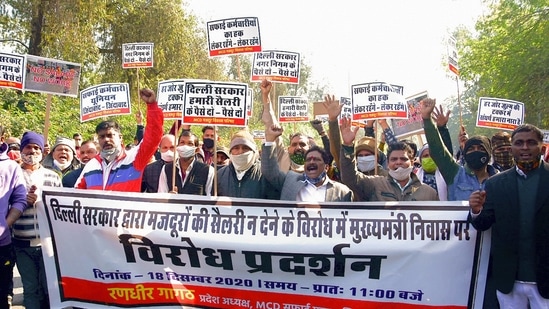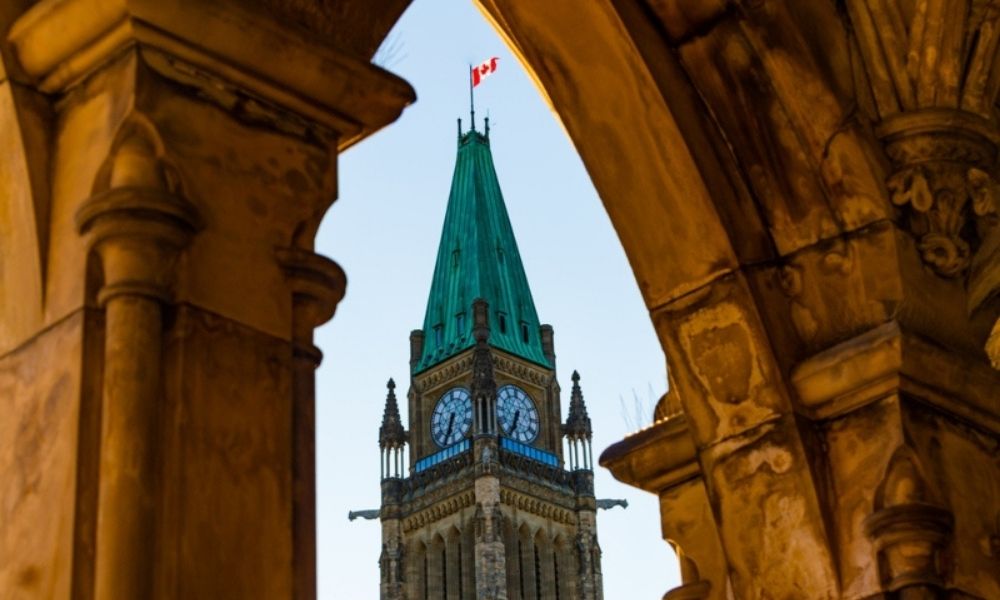'Anarchy can't be tolerated': Delhi High Court on sanitation workers’ strike

The Delhi high court on Friday came down heavily on sanitation worker unions that were on a strike, and said their “anarchy” of obstructing the regular work of cleaning and dumping garbage on streets cannot be allowed to prevail in a civilised society.
The strike by sanitation workers of the East Delhi Municipal Corporation (EDMC), which began on January 15 demanding the payments of salaries pending since December 2020, was called off on Thursday, after the EDMC cleared all dues.
EDMC mayor Nirmal Jain confirmed the development and said the civic body has been in talks with the sanitation workers’ union for the past one week.
“I’m yet to go through the detailed court order, but sanitation workers are like a family and no action would be taken against them,” he said.
A bench of justice Vipin Sanghi and justice Rekha Palli said the strike by sanitation workers is “being fuelled and driven by political consideration”. “Political leaders do not understand that they should have a commonality in their thinking. That has been breached and we are not naming any one party. This is very dangerous and has to be stopped. We will direct the police commissioner to take action,” the court said.
The bench was hearing a plea by EDMC, seeking action against “miscreants” who were “illegally waylaying garbage removal trucks, threatening drivers and dumping garbage openly on the roads and streets”.
It also cautioned the sanitation worker unions against taking law into their hands and directed the commissioner of the civic body to take disciplinary action against erring workers.
EDMC, through its standing counsel Manu Chaturvedi, told the court that unions were protesting despite their salaries being cleared till December 2020. He said salaries for January 2021 are being processed.
Two unions—MCD Swacchta Karamchaari Union and All Municipal Corporations Staff Union—represented by advocate Jivesh Kumar Tiwari, told the court that all nine unions are ending their strike and want their grievances to be heard.
“We have withdrawn our strike and our nine unions are getting back to work tomorrow (Saturday). Our petition has been allowed just five minutes ago when this matter is being heard and we are ready to sort out our differences,” Tiwari said.
The court replied, “We are happy to hear this…However, we are observing that if the MCD employees have any grievance and resort to a legal strike, that does not entitle them to take law into their hands and create anarchy”.


















